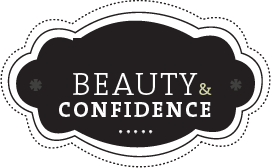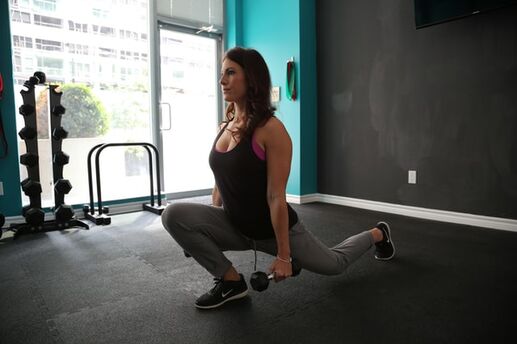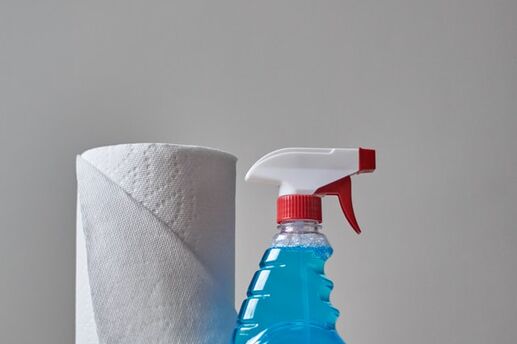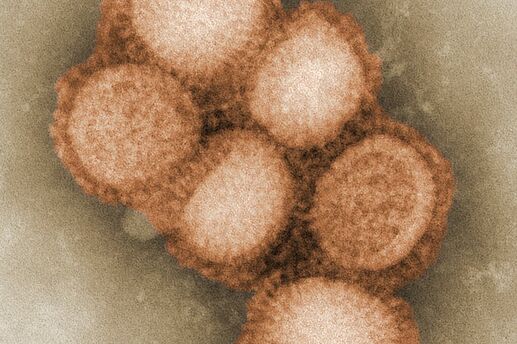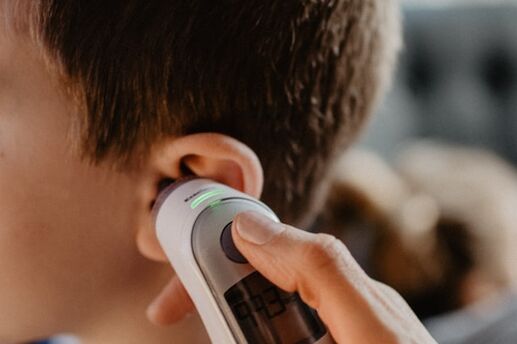Should You Work Out When You're Sick?
When you wake up feeling the symptoms of a cold or flu, most of the time you just want to stay in bed and rest. But if you're a fitness buff, it's not that simple. When you take a few days off, you risk losing your hard-earned momentum and might even fall short of your fitness goals.
It's a tough choice: When you're sick, can you still do your usual workout -- your power walk, gym class or exercise video?
The answer depends on your symptoms, says Dr. Neil Schachter, medical director of the respiratory care department at Mount Sinai Medical Center in New York City and the author of The Good Doctor's Guide to Colds and Flu.
Here's how to know if you should lace up your sneaks or stay in bed.
Skip your workout if: Your symptoms are below the neck.
“Coughing, body aches, exhaustion, gastrointestinal problems and fever indicate a widespread infection -- one that needs rest and could be made worse by the stress of a workout," says Schachter. Even an easy bike ride or jog could fatigue you and slow down your immune system -- and make your symptoms last longer.
Do your workout if: Your symptoms are above the neck.
Mild to moderate exercise is usually fine if you have a cold -- marked by a runny nose, sneezing, nasal congestion, watery eyes and a sore throat. And getting your heart pumping might even make you feel better."Activity can help mobilize secretions in your sinuses and relieve congestion, possibly shortening the duration of your symptoms," says Schachter.
But if you have enough energy to exercise, try not to overdo it by jumping right into your usual challenging routine. Follow these three rules:
Rule No. 1: Take your workout indoors.
Exercise at home or at the gym to avoid cold weather, which can aggravate your symptoms. Chilly temperatures kick congestion up a notch because your body pumps extra blood to the nose to help it warm the freezing air you breathe in. The tissues in your nasal passages swell, resulting in congestion. To make things worse, cold air triggers an increase in mucus production.
Frigid weather can also worsen a sore throat because you breathe through your mouth when congested."When cold, dry air hits your sore throat directly, it will make it more inflamed," says Schachter.
If you exercise in a gym, be considerate of other members and take care not to spread your germs. Be sure to sanitize and thoroughly wipe down any equipment you use. It's also a good idea to carry alcohol-based hand sanitizer in your gym bag to use after you cough or sneeze.
Rule No. 2: Go easy on yourself.
When you're under the weather, even just mildly, toxins circulating in your system make you weaker. So take your usual exercise regimen down a notch or you could make your cold worse. For example, if you typically take a daily 30-minute run, alternate jogging and walking instead.
Or instead of cardio, practice yoga. "Certain poses can improve breathing, which can be very helpful when you're congested," says Schachter. One basic move to try is the Downward-facing Dog:
1. Start on your hands and knees, with feet hip-width apart and hands shoulder-width apart (fingers spread out).
2. Curl toes under and push back, raising the hips and straightening your legs.
3. Let your head hang, keeping shoulder blades away from the ears.
Rule No. 3: Know when to stop.
Listen to your body and accept your limitations. If you feel tired or if your symptoms start to worsen, it's time to end your workout. Here are a few specific red-flag symptoms that signal you should call it quits:
- You start to cough.
- You feel exhausted.
- You experience shortness of breath.
Photo by Sergio Pedemonte on Unsplash
Like this article? Get more by following us on Facebook at Beauty & Confidence.
